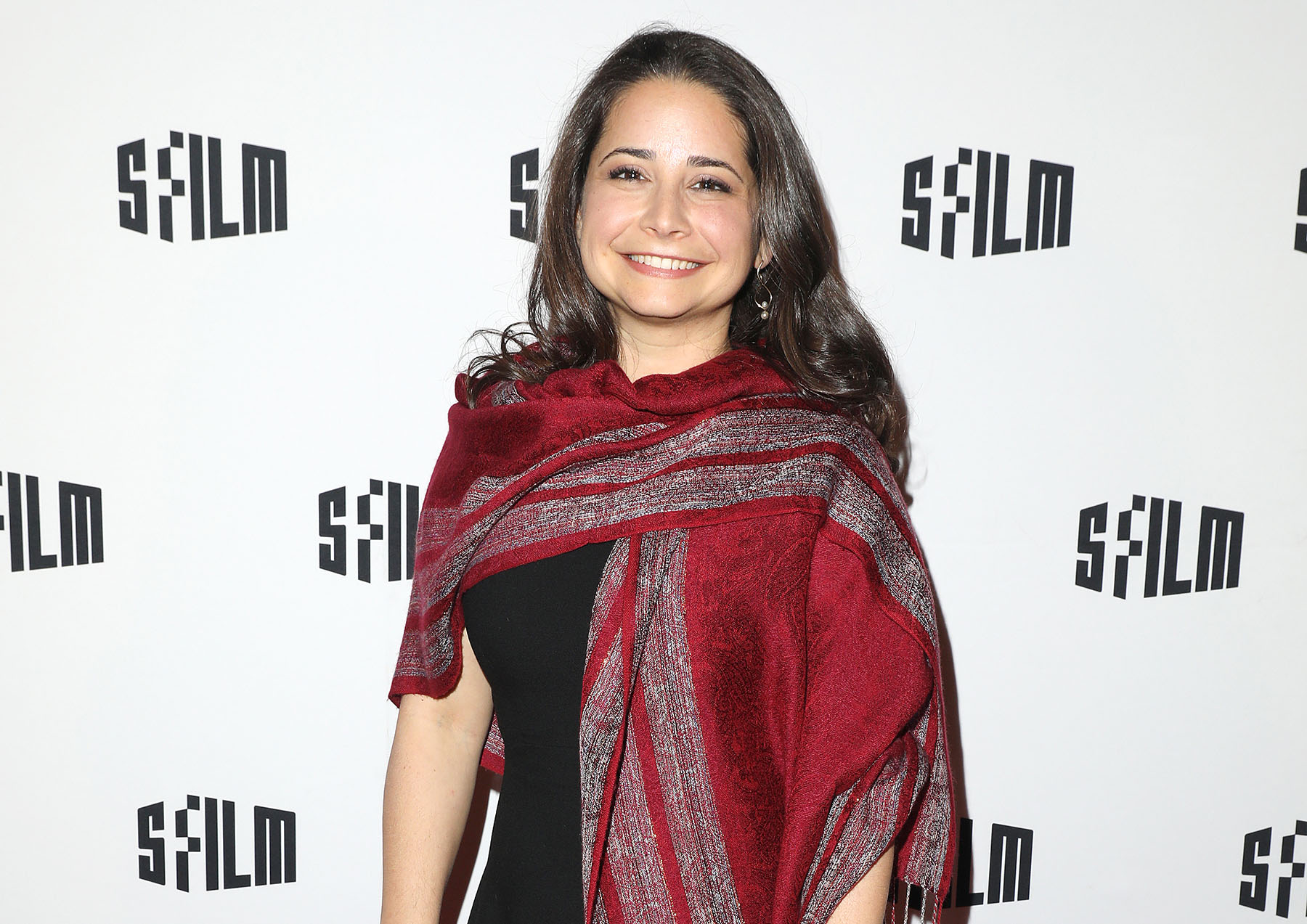 Producer Tamara Rosenfeld arrives on the red carpet at the “Street Food” screening and Q&A at the SFFILM Festival at The Grand Lake Theater on April 20, 2019 in Oakland, California. (Photo by Kelly Sullivan/Getty Images for Netflix)
Producer Tamara Rosenfeld arrives on the red carpet at the “Street Food” screening and Q&A at the SFFILM Festival at The Grand Lake Theater on April 20, 2019 in Oakland, California. (Photo by Kelly Sullivan/Getty Images for Netflix) When 13-year old Tamara Rosenfeld danced at her soccer-themed bat mitzvah party, she probably didn’t know that she would grow up to become a Guinness World Record holder for filming soccer (specifically, at the highest and lowest elevation soccer matches of all time). As an adult and filmmaker, many years later in 2017, Rosenfeld and her film crew climbed Mount Kilimanjaro for nine days to document women’s soccer matches for the film “Equal Playing Field.”
“We’re hiking and filming and downloading the footage, not necessarily being able to get enough sleep, but being able to capture something—for me, it’s definitely all worth it,” explains Rosenfeld, who co-directed the film with Amirose Eisenbach. “‘Equal Playing Field’ definitely combined a lot of my passions, which was being able to tell stories of amazing, inspirational females from around the globe.”
Rosenfeld caught the directing bug in high school through a program with the San Francisco Jewish Film Festival. Since then, Rosenfeld has traveled around the world as the director and producer of the immensely popular Netflix series, “Street Food.” The Northern California native spoke about her experiences behind the camera.
You’ve traveled to 29 countries. Did you come across any antisemitism?
The one thing that I still remember—and this was a while back—I was in Hungary and there was a neo-Nazi gathering and demonstration. It was extremely uncomfortable for me. I tried to get away from all of them, so I didn’t get in the midst of it. My grandparents came from Europe. They survived the Holocaust and my great-grandparents were murdered during the Holocaust. One of my great-grandfathers was either on the train or was at Auschwitz when he passed. So, it was really tough for me to see that.
There were times where I tried not to—where I wouldn’t state [my religion]. There were definitely some countries where I didn’t want to blurt it out. But then, for example, when I was traveling in Jordan, there was a lovely Muslim woman who I was sitting next to on a bus. This was for “Equal Playing Field”—they asked me to film the lowest soccer match ever played in Jordan. I was sitting next to this woman on the bus. It came up in conversation—I forgot exactly how, but it came up in conversation that I was Jewish. She was super interested and considerate. I found most of the time, thankfully, from a lot of my travels and a lot of the people that I met want to learn more. Once you get a chance to sit down with people and talk to them—I can give them a little glimpse of my experience of being Jewish. I’ve definitely been the first Jew for different people to meet.
Once you get a chance to sit down with people and talk to them—I can give them a little glimpse of my experience of being Jewish.
What kind of sexism have you experienced in your industry?
I would say that it was earlier on when I was starting in this industry that I was doing a lot of things with the branded space and [I] would go to some events … and I would see some men around my same age who had also done similar projects [as] me being able to network with other men, with some of the brands, which were mostly men. They didn’t really see me as necessarily a director or filmmaker. There were a few times that I was inappropriately hit on or touched when I thought I was networking. Like, someone put themselves on me and I pushed them away. Luckily, they stayed away after that. It was definitely a shocking experience for me because I saw myself with all these other filmmakers, that we were all the same caliber.
Which documentary are you the proudest of as a filmmaker?
So, they’re all kind of my babies. I can’t really choose one. But, the series that I’ve been putting my heart into for the past few years, “Street Food,” is definitely one of the things I’m most proud of. I mean, I put a lot of love into “Street Food.” It makes me really happy it’s been available in 190 countries. It’s so exciting to create something that has a global audience.
“Street Food” is such an addictive documentary series. What initially drew you to food anthropology?
So, I’ll separate those two words. First, with anthropology, I went to USC for film school and you also have to do GE classes—the General Ed classes. I was trying to figure out one other class and there was this “Anthropology Through Film” class. I had no idea what I was getting myself into, but figured, why not try it? And I absolutely loved the class. It was in that moment that I realized through documentary filmmaking and through anthropology, that you can tell really entertaining and interesting stories about unique people and cultures.
With food, specifically, I just think food is such an amazing window into a culture. When you’re sharing a meal with someone, it’s connecting and learning in a whole new way. All of your senses can be awakened and activated. And it’s also a way of bonding, connecting with people through food. That’s one thing still very unique around the globe—the cuisines. It’s one of the big traditions that gets passed down. We all eat [laughs]. People really love to share their food and I love to experience that and connect with them through food.
How do you decide which cities or restaurants to feature on “Street Food”?
It’s tough because there’s so many cities around the world that have street food. Each episode focuses on one city. It’s a collaboration with Netflix and the executive producers and the team to figure out the best places for us to go. We’ve done “Street Food: Asia” and “Street Food: Latin America,” so far. The hope is that we get a chance to go back to other countries in Asia, other countries in Latin America, other countries around the world and be able to continue to tell these “Street Food” stories. With the street food cooks themselves, it’s a lot about their story, their dish, and their importance in the community that help us decide who to choose, but it’s definitely a lot of time and a lot of research. In certain ways, I wish we could choose a lot more people to highlight, but it’s only a thirty-minute episode.
The research part is very important, obviously, because we want to be able to represent the city from the view of locals and find … the street food cooks that represent the city and also have a story to tell and also have a dish that speaks to the city, too. So, we work with local experts and we get a really big list and we narrow it down. We scout, too … I absolutely love the people that I’ve had the opportunity to film. Their stories are stories that don’t often get shared with the world. So, I feel like we’re able to give a voice to people that don’t always get that platform and able to share their stories that hopefully inspire other people around the world.
So, I feel like we’re able to give a voice to people that don’t always get that platform and able to share their stories that hopefully inspire other people around the world.
In your opinion, which culture is the most underappreciated?
That’s really tough. I think cultures now are being more celebrated, which is fantastic. I guess there [are] two that [come] to mind. One is a culture that is actually within the U.S. During the pandemic, I went up and filmed in Artic Circle area in Alaska. I feel like the Inuit community up there has really been suffering from climate change. They really rely on their environment and they have these really small towns that are built on the water. Due to the climate change, some of these towns actually have to move. It’s part of their tradition, their culture—that’s gone back so many years. This Inuit culture and tradition is so unique and it’s a part of the U.S. … I don’t know how much awareness there is towards and how much people realize it’s important to preserve that. The Artic is definitely getting hit extremely hard with the climate change.
There’re some unique places you can go to, like La Paz, Bolivia, [seen in] that episode of “Street Food.” La Paz has cholitas, which are these women that wear these bowler hats and these big skirts. They have aguyos, which are colorful bags that they strap around their backs to carry things. It’s a very vibrant and unique city that combines the Andes and a city. [It’s] a very unique culture that cares about “Pachamama,” which is Mother Earth. I feel like that’s a place that people might be not as aware of. There [are] just so many beautiful cultures. Watching shows … gives you the opportunity to see these cultures and hopefully, we can really preserve them. I think one of the biggest steps to keep these cultures alive is to honor them and respect them.
This interview has been edited for clarity and brevity.
Eve Rotman is a writer on the West Coast. Follow her on Twitter @EveRotman







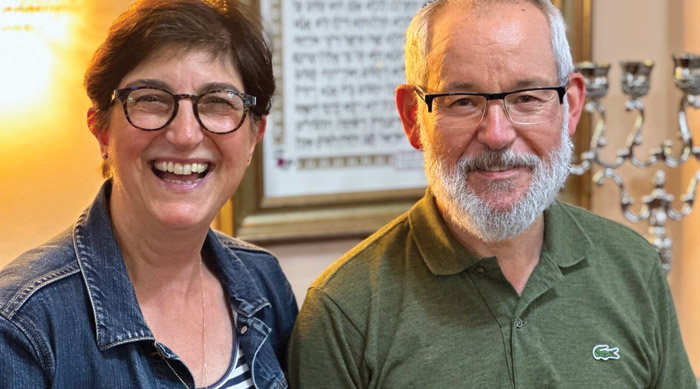
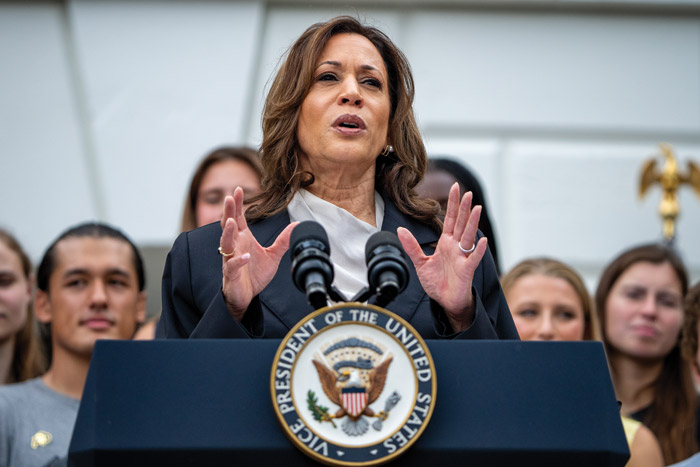
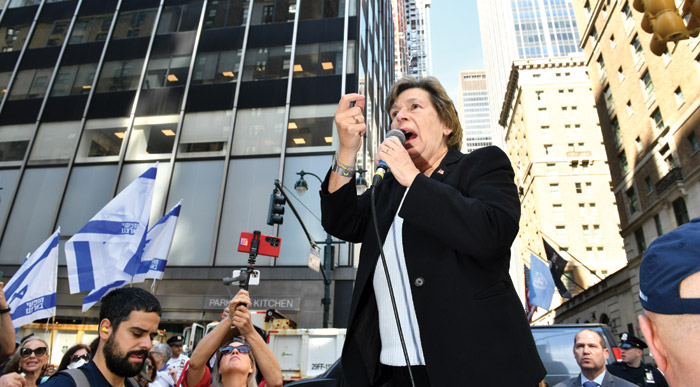
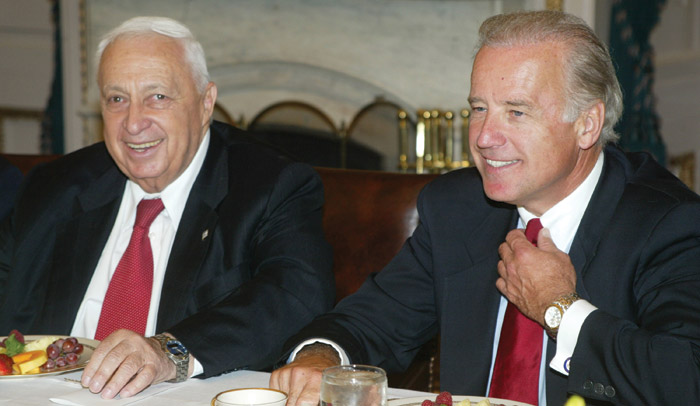
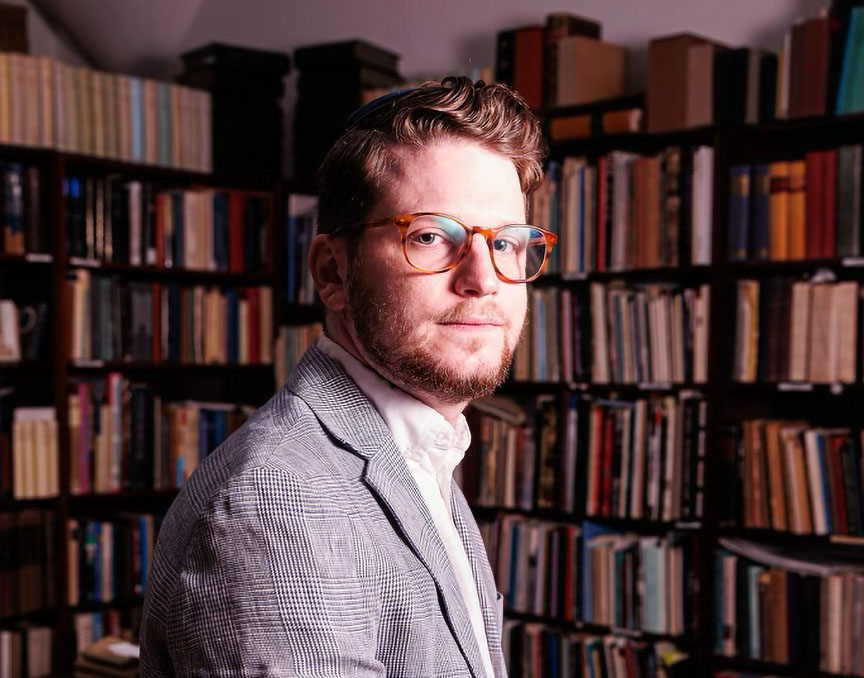
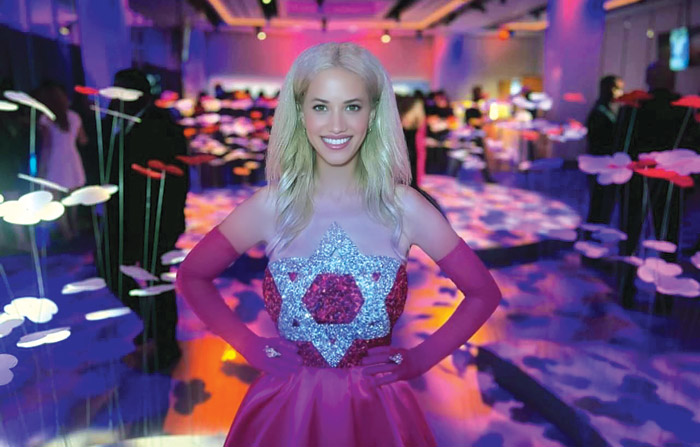
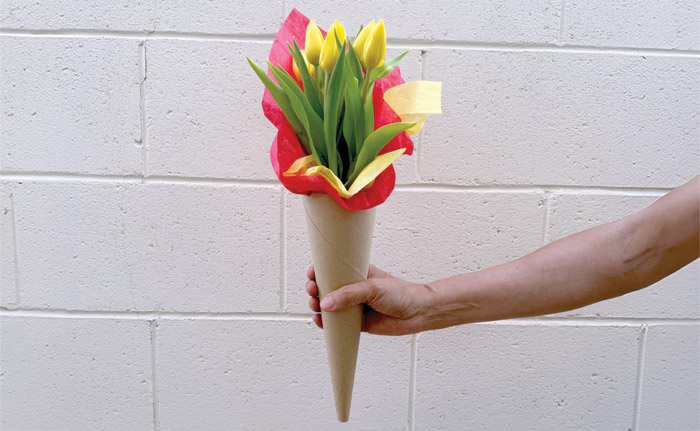

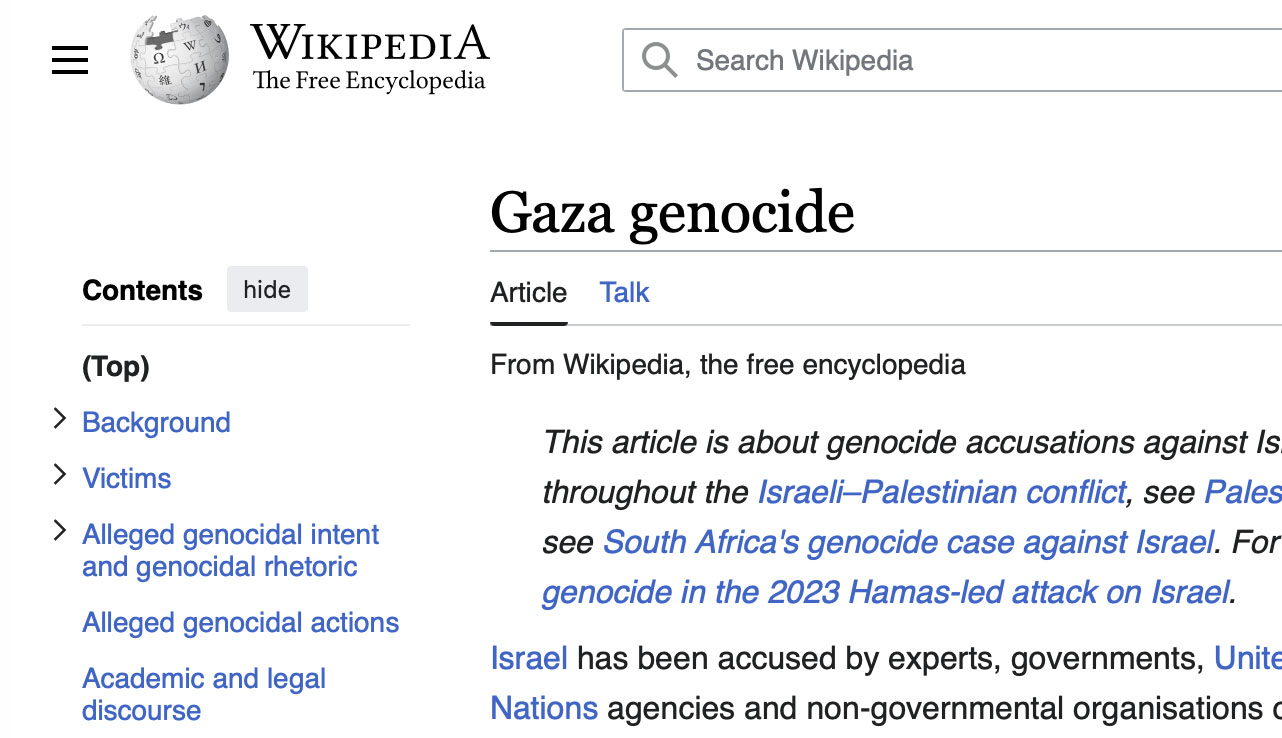



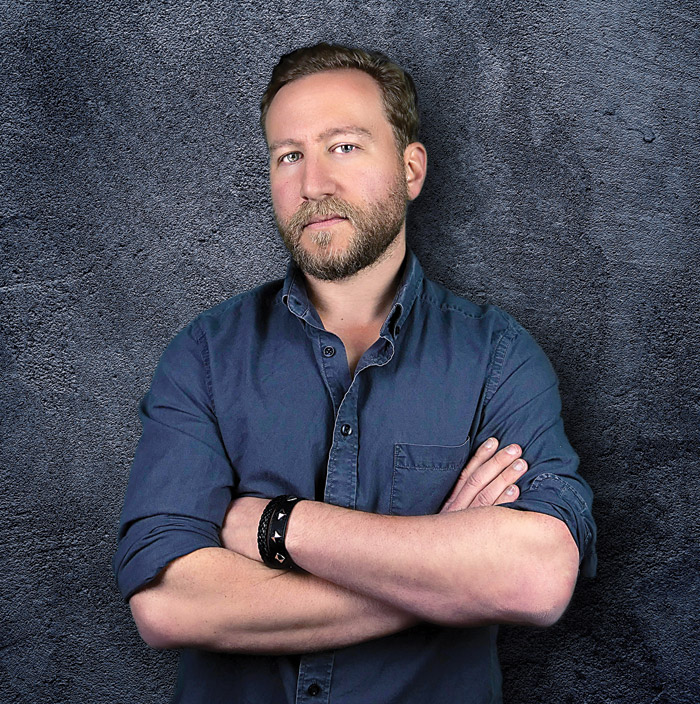
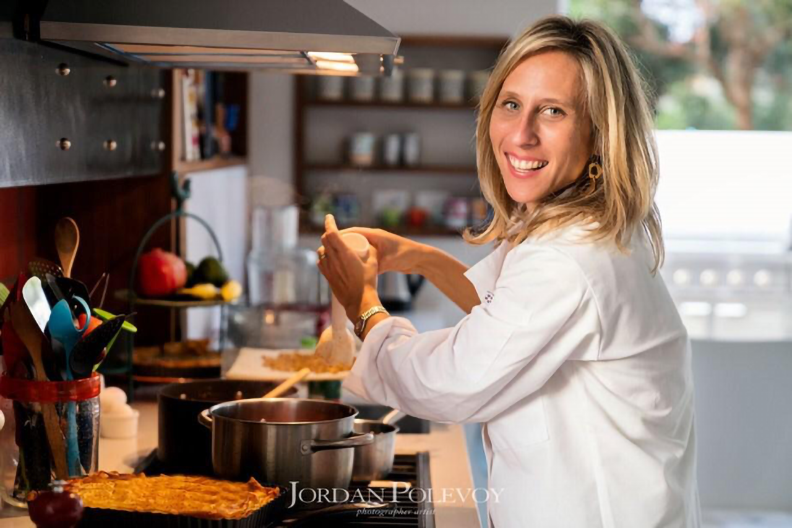
 More news and opinions than at a Shabbat dinner, right in your inbox.
More news and opinions than at a Shabbat dinner, right in your inbox.